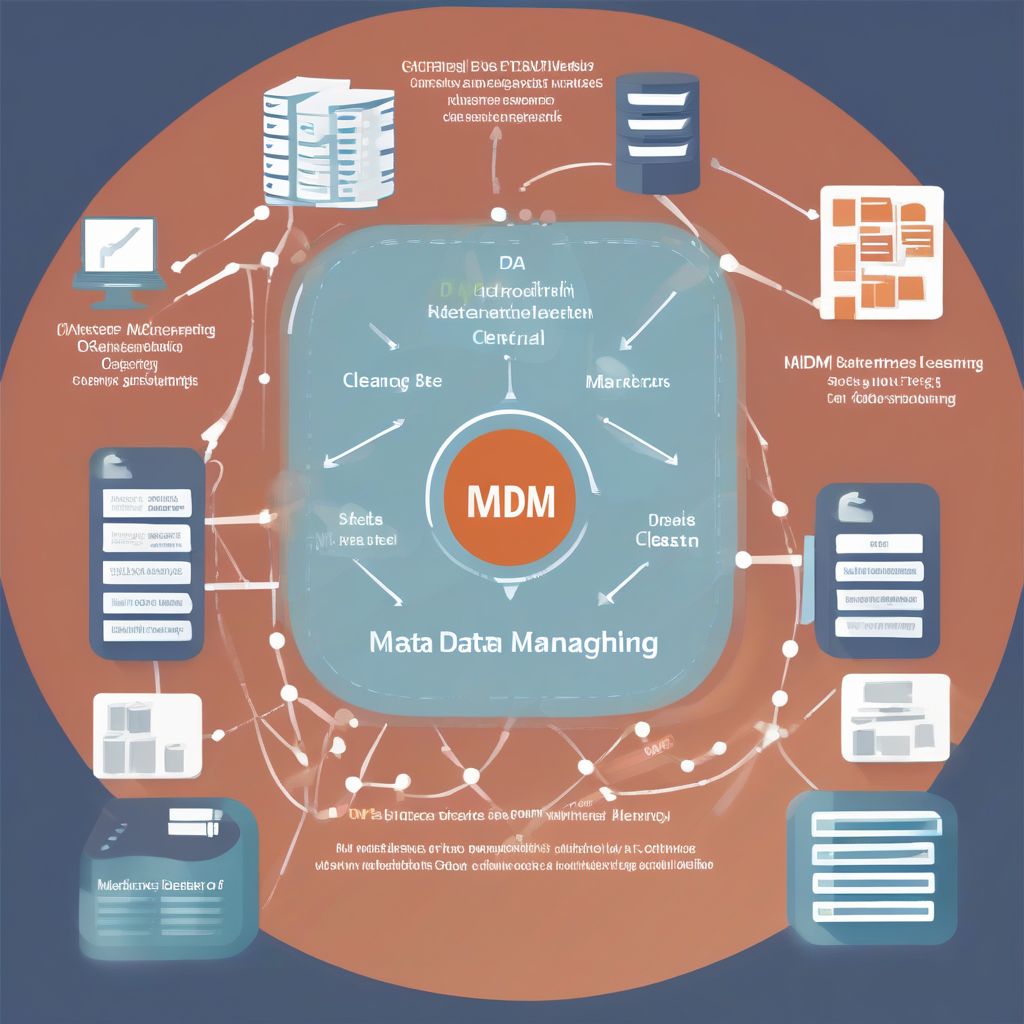In today’s data-driven world, organizations are swimming in a sea of information. But how do you make sense of it all? How can you find the data you need, when you need it, and ensure everyone in your organization is on the same page? This is where the magic of a data catalog comes into play, and open source data catalogs, in particular, offer a world of possibilities.
Understanding the Core: What is an Open Source Data Catalog?
Imagine a library for your data – that’s essentially what a data catalog is. It’s a centralized repository that helps you discover, understand, and manage your data assets. Now, add the “open source” element, and you unlock a world of flexibility, customization, and community support.
An open source data catalog provides the source code for anyone to use, modify, and distribute freely. This means you’re not tied to proprietary software and have the freedom to tailor the catalog to your specific needs.
Why are Open Source Data Catalogs Gaining Traction?
The rise of open source data catalogs isn’t just a coincidence. Here’s why they are becoming increasingly popular:
1. Cost-Effective Solution
Let’s face it, budget constraints are a reality. Open source data catalogs eliminate the burden of licensing fees, making them an attractive option for organizations of all sizes.
2. Customization at Your Fingertips
Don’t settle for a one-size-fits-all solution. Open source data catalogs empower you to modify the code, add features, and integrate with your existing data infrastructure seamlessly.
3. Vibrant Community Support
Tap into a global network of developers and users passionate about open source. Benefit from shared knowledge, troubleshooting assistance, and continuous improvements driven by the community.
4. Transparency and Trust
Open source software promotes transparency. You have access to the source code, allowing for better understanding, security audits, and peace of mind.
Addressing Common Queries about Open Source Data Catalogs
As you embark on your data catalog journey, you might have some burning questions. Let’s address some frequently asked questions:
What are the key features of an open source data catalog?
Most open source data catalogs offer features like:
- Data discovery and metadata management: Easily search and understand your data assets.
- Data lineage and tracking: Trace the origin and flow of your data.
- Data governance and compliance: Enforce data policies and meet regulatory requirements.
- Collaboration and knowledge sharing: Enable teams to collaborate and share data insights.
What are some popular open source data catalog tools?
The open source landscape is brimming with excellent options, including:
- DataHub: A popular choice known for its scalability and metadata management capabilities.
- Amundsen: Developed by Lyft, Amundsen excels in data discovery and lineage visualization.
- OpenMetadata: A relatively new entrant gaining traction for its cloud-native architecture.
How do I choose the right open source data catalog for my needs?
Selecting the right tool hinges on factors like:
- Technical expertise: Evaluate your team’s skills and the complexity of the tool.
- Deployment options: Determine if you prefer cloud-based, on-premise, or hybrid solutions.
- Community support: Assess the activeness and responsiveness of the community.
Embrace the Open Source Advantage for Your Data Journey
Open source data catalogs are empowering organizations to take control of their data and unlock its full potential. By embracing the flexibility, affordability, and collaborative spirit of open source, you can pave the way for better data management, improved decision-making, and a more data-driven future.
Have you explored the world of open source data catalogs? Share your experiences and thoughts in the comments below!




